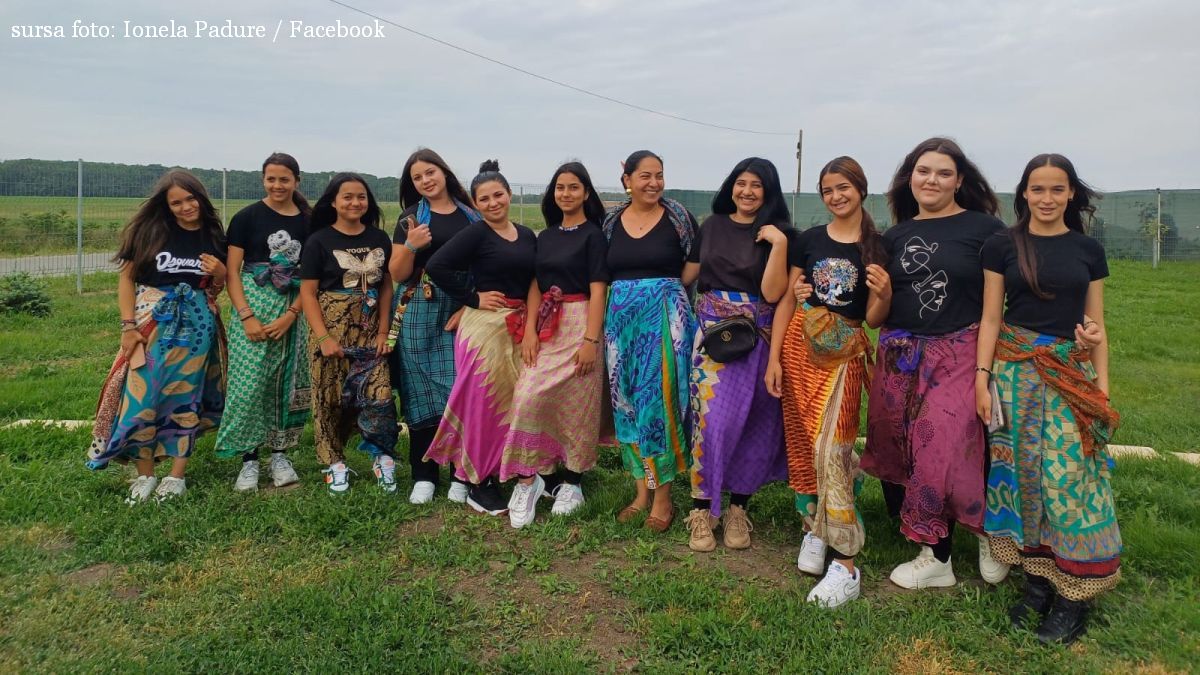Women’s Health in Romania
When it comes to well being, only 65.3% of Romanian women evaluate their health as being good or very good, as compared to 74.8% of Romanian men

Christine Leșcu, 11.07.2018, 12:00
The concern for preserving one’s health seems to be mostly manifested by women. For instance, only 36.2% of Romanian men abstain from drinking and smoking, as compared to 73.4% of women. However, men fare better in terms of eating habits and physical exercise, with 16% of them eating fruit and vegetables and doing physical exercise, as compared to a mere 7.4% of women.
This is only some of the data included in the third edition of the Gender Equality Index made public by the European Institute for Gender Equality (EIGE). The Index measures gender gaps and takes into account the context and different levels of achievement of EU member states within a range of relevant policy areas: work, money, knowledge, time, power, health, intersectoral inequities and violence against women.
All domains and member states are granted a number of points, on a scale from 1 to 100, where 1 stands for total inequality and 100 stands for total equality. In terms of health, the aforementioned differences point to the fact that access to healthcare services and mentalities on preserving one’s health depend on gender.
For instance, encouraging boys from a very early age to drink and smoke may very well reflect a society’s attitude towards men’s and women’s roles in the community, says EIGE expert Zuzana Madarova: “For women, implications in gender norms are very different. So let’s imagine the image of the modern woman puts a lot of pressure on women, these days. There are many women who are employed and at the same time they are primarily responsible for childcare, for households, it is actually this context that we need to see. And we also know from the domain of time that women have less time for social activities, for leisure, for going to the gym, for going to the theater. This is actually the context we need to see when we say that men are more physically active than women. This is why we need to bring gender to the heart of health policies, to understand where differences are coming from. “
Moreover, although across the European Union women live 5 years longer than men, on average, it remains to be seen to what extent women enjoy a satisfactory health condition, although they live longer than men. As for the access to healthcare services, which is good across the European Union, it weighs a great deal in this statistics.
Zuzana Madarova once again: “We look at different social groups and we can see that the social group that faces highest or the most barriers in access to healthcare are people with disabilities, women and men with disabilities. And the group with the biggest gender gap is single parents. We can say that single mothers face the highest barriers in access to healthcare. In the EU, there are more than 9 million single parents and that is very gendered because 85 % of them are women. “
Of all women living in Europe, Romania women have the poorest health record. The Gender Equality Index has granted Romania 70.4 points, the lowest percentage points across the EU, the average standing at 87.4 points. This is not at all surprising, considering that Romania, for instance, ranks first among the EU member states relative to the number of cervical cancer cases and a high rate of maternal mortality at birth, while breast cancer is one of the major “killers” among both women and men.
The situation is truly saddening, considering that cervical cancer can be prevented by vaccination, and some cases of breast cancer are curable, if diagnosed early. Ana Măiţă, the president of the “Mothers for mothers” non-governmental organisation, militates for vaccinating girls against HPV, the virus that triggers cervical cancer, and for breast cancer prevention. The SAMAS Association for mothers and babies has recently scored a real success.
Ana Măiţă, who is also a member of the SAMAS association has further details: “Together with medical companies and non-governmental associations we have managed to convince the National Audio-Visual Council to include a message on breast-feeding in a series of compulsory ads of general interest that electronic broadcasters should air: mothers should breastfeed exclusively for the first six months, which is essential for their babies’ development. Breastfeeding is essential not only for babies’ health but also for the health of their mothers. Studies show that women who breastfeed for at least 12 months have a 30% lower risk of developing breast cancer. “
Prevention of breast cancer also includes a set of specific tests — a screening — and mammography is among them. Ana Maita: “There is a national program on breast cancer prevention, developed by the Health Ministry. Unfortunately, some Romanian women do not have access to this program, either because they lack information or do not understand the urgent need to take these tests and do not request a specific screening from their medical doctors. In general, public policies should be more efficiently oriented towards ensuring women’s health, underlining the importance of prevention and vaccination and continuing with pro-health education in school and within the community, laying special emphasis on reproductive health education since adolescence. In reality, in Romania, 20% of the women who become mothers every year have a first contact with a medical doctor when they give birth. They do not go to see a doctor for a prenatal check-up. And, under the law, women have the right to check-ups, most of them free of charge.”
As the Gender Equality Index shows, apart from medical education and access to medical services, the social role played by women is more complex than it may seem.
Ana Măiţă: “It is true that in Romania, women carry the burden of domestic chores and this is one of the most concrete reasons why women no longer take the time to take care of their health. This is the root cause of a sad reality which shows that most women suffering from various types of cancer are diagnosed when the disease is advanced. They go to see a doctor at the last moment when it is often too late for some of them to be rescued.”






























